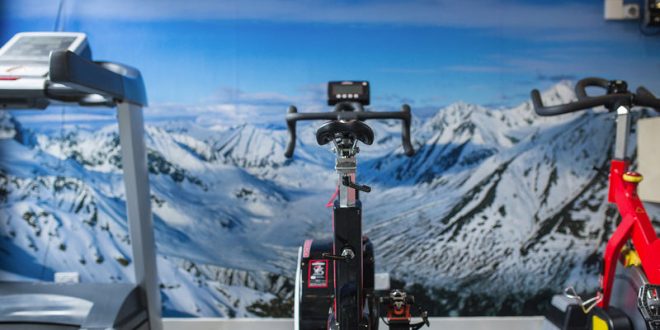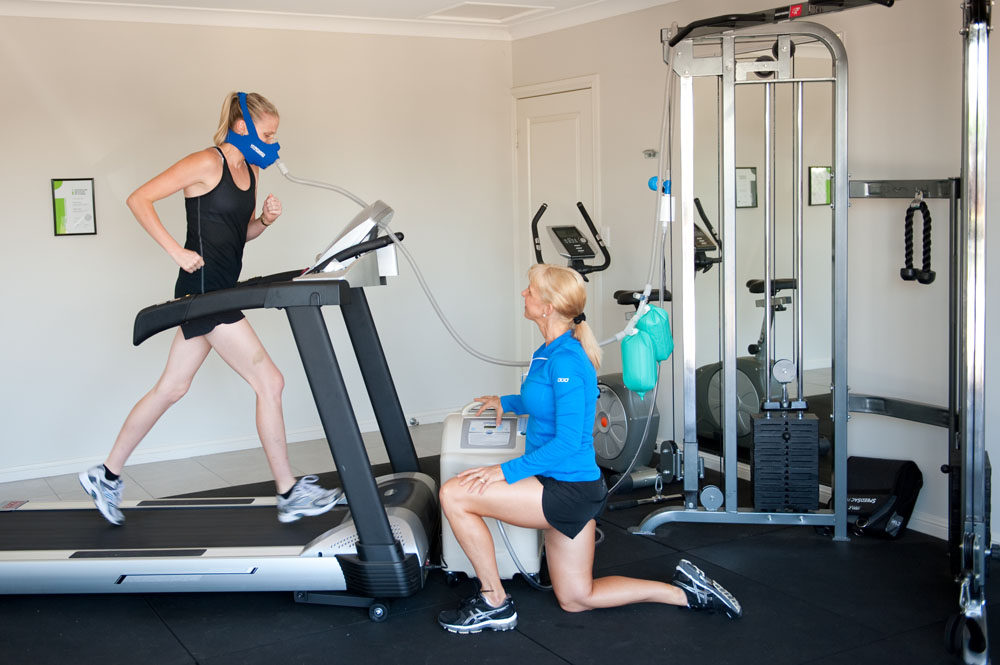Did you know that the air we breathe plays a major role in fitness regimes and the proper moderation can lead to various health benefits? Read about how Altitude Training incorporates this technique
Athletes and fitness freaks alike are competitive about their health, diet and performance. We are constantly trying to grab hold of the next best thing in the market that will make us fitter. Scores of people make it a point to attend either yoga or Zumba class or maybe even visit a gym before heading to work. Apart from the usual dips and lifts, the new fad in our gym’s today is Altitude Training.
What is Altitude Training?
Altitude training, also known as hypoxic training, involves exercising in, living in or otherwise breathing oxygen reduced air for the purpose of improved athletic performance, pre-acclimatization to altitude and/or physical wellness which involves weight loss, better management of asthma, better management of diabetes among others. Earlier, individuals had to travel to or live at high elevations to obtain the benefits of Altitude Training. However, gyms have eliminated this hassle by allowing high altitude training facilities to be set up anywhere, even at sea level. Through the production of normobaric hypoxic or oxygen reduced air, simulation of altitudes of up to 5000 meters can be achieved. As a result, athletes, fitness enthusiasts and health conscious individuals worldwide can take advantage of the benefits associated with altitude training while at sea-level or otherwise.

When did it first begin?
While we’ve heard much about altitude training in recent years, its use as a means of improving athletic performance is not new. Indeed, it’s been used by coaches and athletes for more than 40 years with much success. Wikipedia states that the study of altitude training was heavily delved into during and after the 1968 Olympics, which took place in Mexico City with an elevation of 2,240 meters (7,349 ft). It was during these Olympic Games that endurance events saw significant below-record finishes and anaerobic, sprint events broke all types of records.
It was speculated prior to these events how the altitude might affect performances of these elite, world-class athletes and most of the conclusions drawn were equivalent to those hypothesized, that endurance events would suffer and that short events would not see significant negative changes. This was attributed not only to less resistance during movement due to the less dense air but also to the anaerobic nature of the sprint events. Ultimately, these games inspired investigations into altitude training from which unique training principles were developed with the aim of avoiding underperformance.
How is it different than training at a gym?
Namrata Purohit, co-founder of The Pilates Studio tells us, “Most of the training done in the Simulated Altitude Room is similar to the workout done in a gym, however the most important difference is that in a gym, one is training at sea level where the oxygen levels in the air are 20.9% (eg. Mumbai) while in the Simulated Altitude Room one is training at approx 2500 meters. or so where the oxygen levels are approx 15.3% and hence due to this there are certain physiological changes that take place in one’s body which help the client burn up to 200% more calories by training at Simulated Altitude, so it is a much smarter way of training.”
Benefits of Altitude Training
* 200% more calorie burn
* Increased Weight Loss due to increase in metabolic rate
* Improved Cardiovascular health
* Improved Sleep Cycle
* Strengthened Immune System
* Slow down the ageing process
* Improved Oxygen Utilization
* Improved aerobic performance
* Pre-acclimatization (before travelling to the area of high altitude)
* Elite Athletic Training
* Type 2 Diabetes Control
* Asthma Control
Mechanisms involved in this training
“When an individual trains in low oxygen, or the hypoxic environment, their body struggles to produce enough energy and hence adapts, by increasing the number of red blood cells or altering muscle metabolism. These adaptations allow the body to utilize oxygen better and increase the efficiency of the respiratory and cardiovascular systems” said Namrata.
Altitude Training in town
- Active 8, Juhu
- The Pilates and Altitude Training Studio, Santacruz
- Qi Lifecare, Churchgate
Simulated altitude training is relatively inexpensive, flexible and subtle, which means it can complement an existing training program without affecting your entire lifestyle. So you don’t require the same level of commitment from a financial and time perspective, meaning it is probably the best option for most people out there.





























